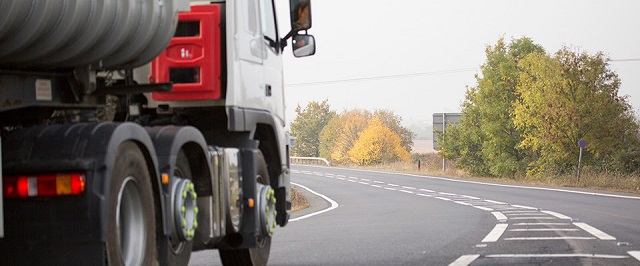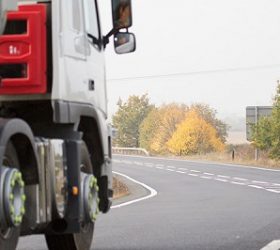The European Parliament and Council have agreed to limit the carbon emissions of HGVs.
 In the first ever EU regulation to cover CO2 emissions produced by lorries, manufacturers producing heavy goods vehicles after 2025 will be legally bound to commit to a 15 per cent reduction in CO2; rising to a 30 per cent reduction by 2030.
In the first ever EU regulation to cover CO2 emissions produced by lorries, manufacturers producing heavy goods vehicles after 2025 will be legally bound to commit to a 15 per cent reduction in CO2; rising to a 30 per cent reduction by 2030.
In a measure aimed at incentivising uptake of low- and zero-emissions travel, vehicle manufacturers will also be obliged to ensure the market share of new vehicles must comprise at least two per cent low-emission vehicles by 2025.
Heavy goods vehicles produce around 27 per cent of the CO2 emissions and five per cent of greenhouse gas emissions on EU roads. The harmful emissions released by heavy-duty vehicles have increased by 25 per cent since 1990, primarily as a result of higher levels of freight traffic on the roads; and are projected to rise further unless restricting action is taken.
Rapporteur Bas Eickhout said: “The regulation now goes further than the original proposed by the European Commission and will help to reduce pollution on our roads and to improve air quality. It is shameful that some governments still put the interests of their industry before the interests of the people. In particular, Germany and some Central European Member States blocked more ambitious targets. Cleaner engines can create a cleaner climate and future-proof jobs. It’s time for EU Member States to pull the brake on their short-sighted support for the combustion engine and instead encourage the development of greener alternatives that, in the end, will also benefit the industry.”
The regulation will now be passed to the European Parliament’s Environment Committee for approval before it can be officially voted on by the full Parliament and Council. In 2022 the European Commission will have to propose further targets for the period after 2030, in line with the Paris Climate Agreement.





